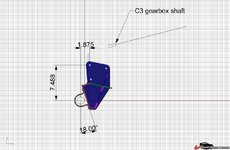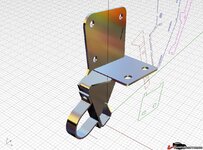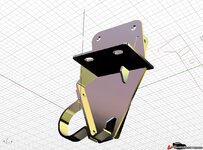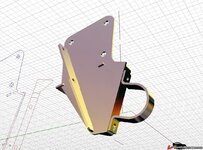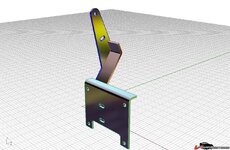SRountree
Well-known member
I bought the one from rock auto with power steering... I believe about 140.00 I had to go to a slavage yard to get the brackets. ..
can you give me the link ? And maybe a parts list ?
If my eyes are not deceiving me it looks as if the link is awfully close to the headers, almost touching.
Can I assume that the R&P makes the car steer like a modern car ? I'm used to European cars steering systems and never seem to get used to the vettes steering box.
Here we go.
http://www.corvetteforum.com/forums...ct-selfmade-rack-and-pinion-lots-of-pics.html
Regards, Günther
Back with this subject.
It took me some time, but I finally found a suitable Grand Am power assisted steering rack out of a 1995 with only 80.000 miles on her.
Thanks again for the offer Karsten, but in view of shipping, taxes, this is just way easier. :beer:
Anyway, have been reading through the different threads and have a couple of questions left :
I understood that the tie rods being of equal length is a must. This means that the rack will be off center.
What about the height of the rack and the height of the tie rods ? I read that it affects bump steer, but what height does it need ?
Thanks
